Shaanxi Province


Introduction
Shaanxi Province, located in northwestern China, lies at the heart of the Wei River Valley, one of the most fertile and historically important regions in the country. Often regarded as the cradle of Chinese civilization, it was home to several of China’s earliest dynasties and ancient capitals. With a population of over 39 million, Shaanxi brings together broad plains, winding river valleys, and mountain ranges that frame its rich historical and economic landscape.
Xi’an, the provincial capital, stands as one of the most influential cities in Chinese history, once the eastern terminus of the Silk Road and capital to dynasties such as the Zhou, Qin, Han, and Tang. Baoji and Yan’an add further layers to this legacy
Today, Shaanxi continues to balance its ancient heritage with modern development. The province is a major center for aerospace, energy, and technology research, and its transport and cultural networks link the traditional heartland of China with the growing economies of the northwest.
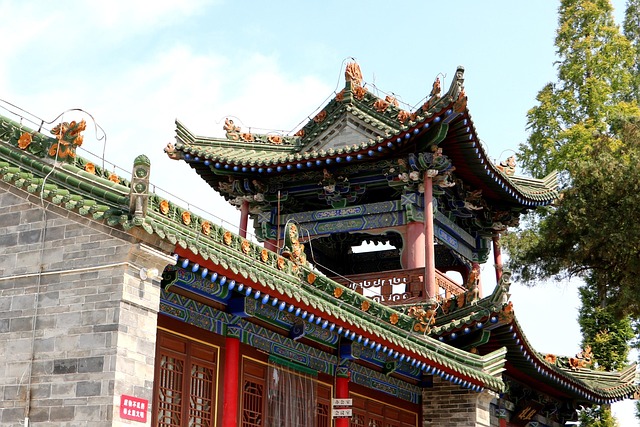

Geography and Key Cities
Shaanxi extends from the Loess Plateau in the north to the Qinling Mountains in the south, forming one of China’s most diverse and historically layered landscapes. The Wei River Valley, running through the center of the province, has long been a cradle of agriculture and settlement, its fertile soil and irrigation networks supporting continuous human activity for thousands of years.
The provincial capital, Xi’an, serves as a major transportation and cultural crossroads, connecting eastern and western China through high-speed railways, expressways, and air routes.
Baoji marks the transition from the central plains to the mountain regions, offering access to the Qinling range and key archaeological sites.
Yan’an, with its revolutionary heritage and loess canyons, remains a symbol of modern Chinese history, while Weinan preserves temples and ancient ruins along the Wei River.
In the south, Hanzhong stands out for its lush valleys, biodiversity, and location along the Han River, linking Shaanxi with Sichuan.
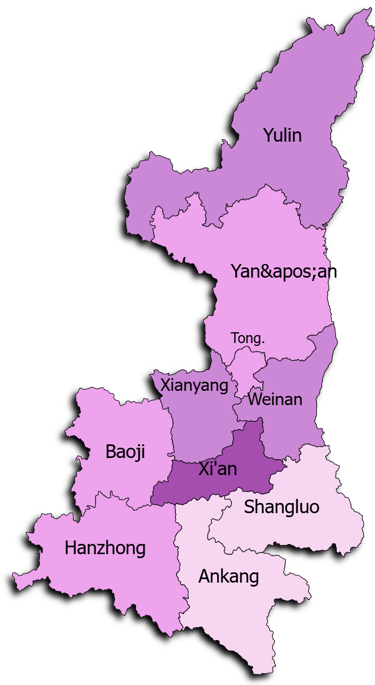



Shaanxi has a history unparalleled in China. The region was central to the Xia, Shang, and Zhou dynasties, and later the Tang dynasty, with Xi’an (Chang’an) serving as the capital for multiple dynasties. The area saw the rise of Chinese writing, imperial institutions, and cultural innovations.
Throughout its history, Shaanxi experienced wars, dynastic changes, and natural disasters, with the Wei River valley sustaining agriculture and settlement. In modern times, Shaanxi played a key role during the Chinese Communist revolution, with Yan’an becoming the revolutionary base. Today, its historical legacy continues to define its identity, blending millennia of culture with modern development.
Historical Background
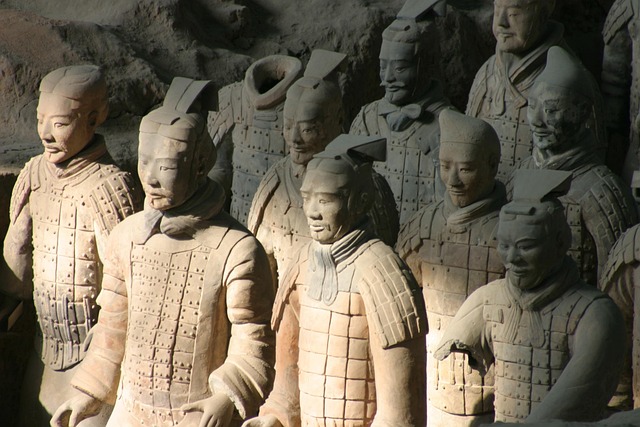

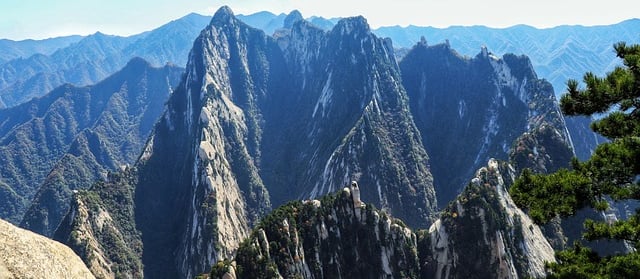

Nature and Landmarks
Shaanxi brings together fertile plains, mountain ranges, and river valleys, forming a province where nature and history are closely intertwined.
The Qinling Mountains, stretching across the province’s southern edge, are home to dense forests, clear rivers, and rare wildlife, including the giant panda and golden snub-nosed monkey. To the north, the Yellow River and Wei River carve through fertile valleys that have supported farming and settlement for millennia, shaping both the land and the culture of central China.
The province’s historical landmarks are among the most famous in the country. Xi’an holds treasures such as the Terracotta Army, the ancient city walls, and the Big Wild Goose Pagoda, reminders of its role as the capital of several dynasties.
The nearby Mount Hua, one of China’s sacred mountains, offers steep granite peaks, Taoist temples, and centuries-old pilgrimage paths that attract both travelers and devotees. Further west, Baoji and Hanzhong offer a mix of mountain scenery, gorges, and historic relics, while smaller towns preserve courtyards, temples, and ancient bridges that reflect Shaanxi’s long architectural tradition.
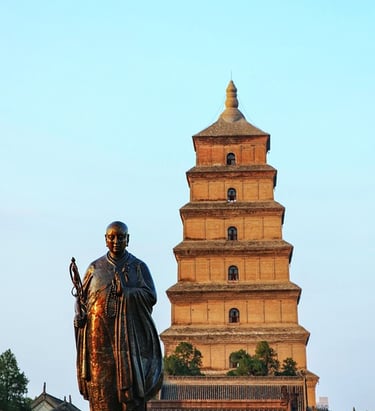

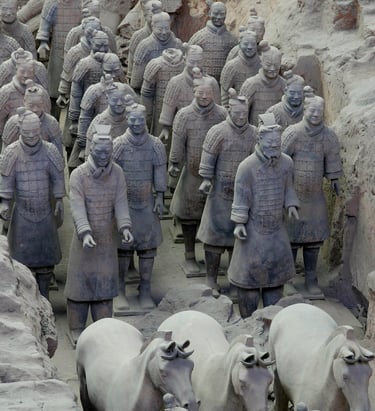

Culture and Cuisine
Shaanxi’s culture embodies its role as the heartland of early Chinese civilization and a vital crossroads of northern and western trade routes. Its heritage blends imperial grandeur, religious devotion, and popular folk traditions that have evolved over thousands of years. Across the province, one can see this mix in ancient city walls, Buddhist pagodas, Taoist temples, and traditional courtyard homes, each reflecting a different chapter of Shaanxi’s history. Xi’an’s old city, Baoji’s fortifications, and Mount Hua’s temples all capture how faith, defense, and urban life have long coexisted here.
Cultural traditions remain deeply rooted in local communities. Temple fairs, lantern festivals, shadow puppetry, and Qinqiang opera bring color to towns and villages, while paper-cutting, embroidery, and calligraphy preserve skills passed down for generations. The province is also known for its scholarly heritage, having produced poets, philosophers, and martial artists whose influence extended across dynastic China.
Mandarin, spoken in a distinct Shaanxi dialect, dominates everyday communication, though local variations keep regional identities alive.
Cuisine is one of Shaanxi’s most recognizable cultural expressions. It is wheat-based, spicy, and hearty, perfectly suited to the province’s cold winters and river valleys. Famous dishes include biangbiang noodles, thick hand-pulled noodles in a rich, spicy sauce; roujiamo, the beloved “Chinese hamburger” of slow-cooked meat in flatbread; and yangrou paomo, a flavorful lamb-and-bread stew iconic to Xi’an. Locals also enjoy Qishan noodles, steamed buns and dumplings, grilled lamb skewers, and sweet snacks such as persimmon cakes and jujube pastries.
Compared with southern Chinese cuisines, Shaanxi food is bolder and more rustic, built around wheat, spice, and hearty broths.
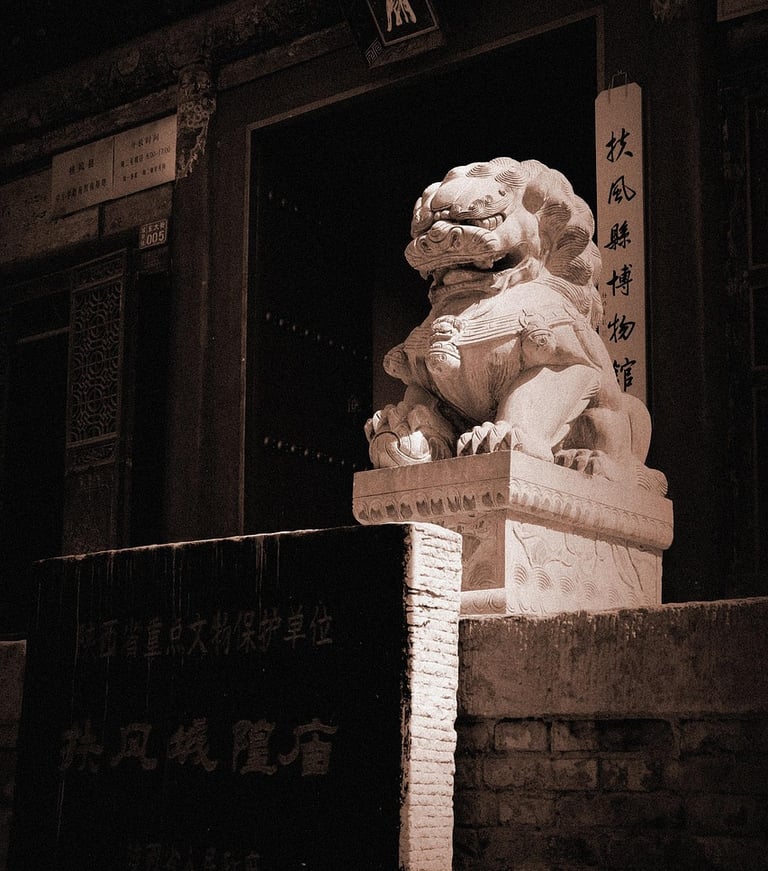

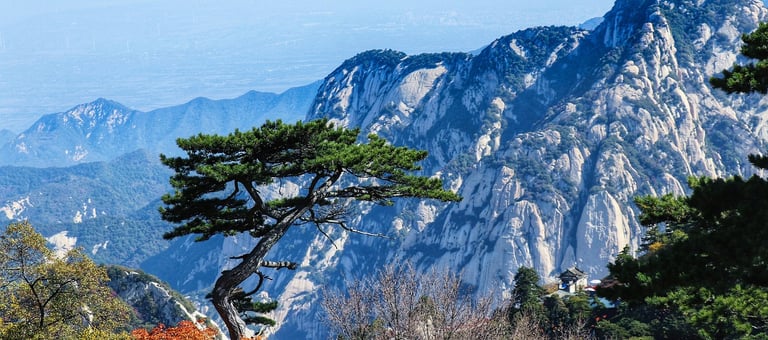

Economy and Modern Development
Shaanxi is a key economic and cultural hub in northwest China. Xi’an, Baoji, and Hanzhong developed into transport, manufacturing, and research centers during the 20th century, with electronics, machinery, aerospace, and cultural tourism forming the backbone of the economy. Tourism around the Terracotta Army, Mount Hua, and historic sites contributes significantly.
Historically, Shaanxi’s economy grew from agriculture along the Wei River, imperial administration, and trade along the Silk Road, later expanding into modern industry, education, and logistics. Despite rapid urbanization, Shaanxi maintains strong cultural and regional traditions, balancing modern growth with heritage, while its research clusters, transport hubs, and industrial zones ensure continued development and national connectivity.
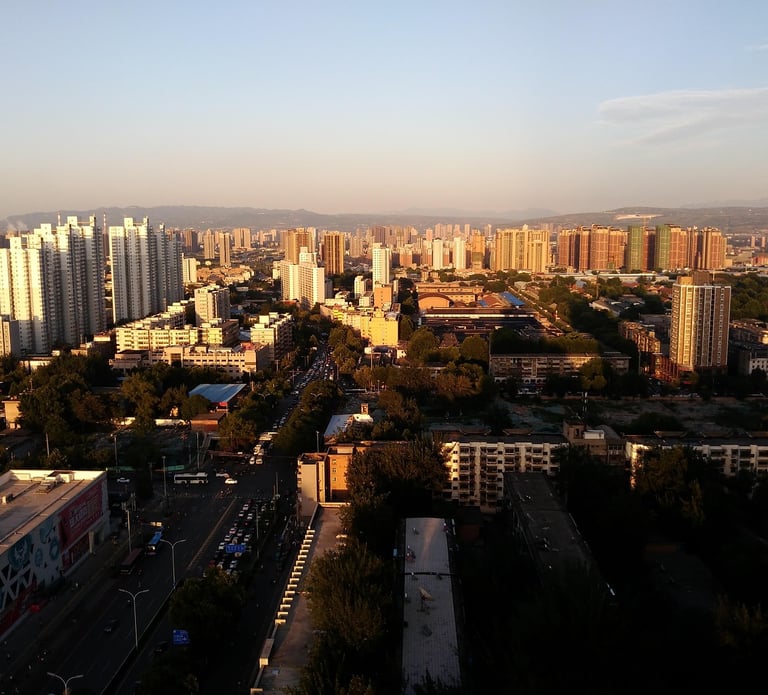

Shaanxi has produced influential figures across philosophy, politics, literature, and religion. Ancient sages such as Confucian scholars and Daoist masters shaped intellectual traditions, while Tang and Song dynasty poets, calligraphers, and officials flourished in Xi’an and surrounding towns.
The province is also renowned for martial arts, folk performers, and religious figures, reflecting both spiritual practice and cultural preservation. In modern times, Shaanxi has contributed scientists, educators, reformers, and athletes who continue to embody its historical, intellectual, and cultural legacy.
People and Notable Figures
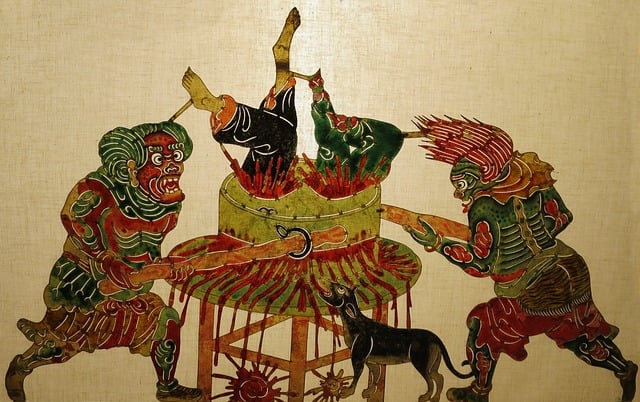

Current Trends and Daily Life
Daily life in Shaanxi reflects a balance between urban vitality and deep-rooted rural traditions. In Xi’an, modern life moves quickly, with residents working in education, tourism, technology, and cultural industries, while cafés, night markets, and restored historical districts create a lively city atmosphere. Beyond the capital, smaller towns and farming villages continue to rely on agriculture, craftsmanship, and local trade, maintaining rhythms that have changed little over generations.
Festivals and community gatherings remain at the heart of social life. Lantern festivals, temple fairs, and traditional operas fill city streets and rural courtyards alike, celebrating both agricultural cycles and historical memory. Families often reunite for these events, which blend religious, folk, and seasonal customs that define the province’s shared identity.
While Shaanxi feels more traditional and grounded than China’s coastal provinces, it is also increasingly modern and outward-looking.
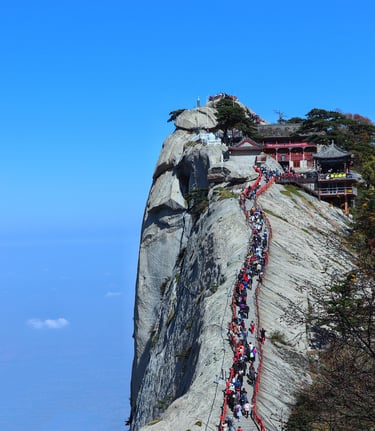



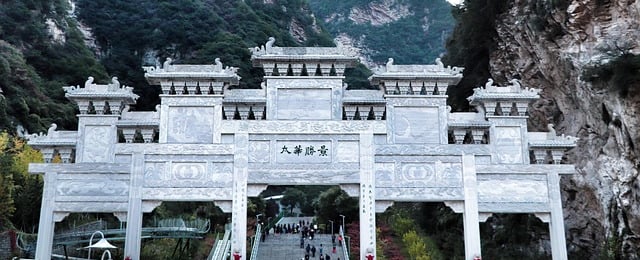

Practical Travel and Tips
Best time to visit: Spring and autumn offer mild weather and blooming landscapes, summer is hot, and winter is cold and dry
Getting there: Xi’an is a major transport hub with high-speed rail, highways, and an international airport, making the province accessible from most Chinese cities
Highlights: Terracotta Army, Mount Hua, Xi’an city walls, Hanzhong gorges, Baoji historical sites, Yan’an revolutionary heritage
Local etiquette: Respect historical and religious sites, follow local festival customs, and be mindful of northern dining traditions
Insider tip: Try biangbiang noodles or yangrou paomo, explore city walls at sunrise, and hike Mount Hua for dramatic views and Taoist temples.


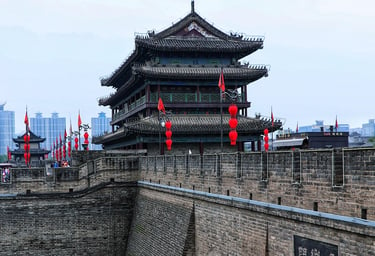

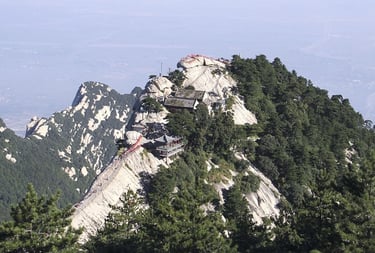



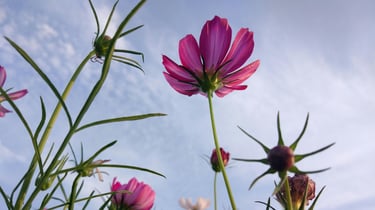





Climate
Plant and animal life
Agriculture
Manufacture
Shaanxi has a temperate continental climate, with hot, humid summers in the south and cold, dry winters in the north. Rainfall is concentrated in summer months, often bringing thunderstorms and occasional flooding in river valleys.
Spring and autumn are generally mild and comfortable, ideal for travel and agriculture.
Compared with coastal provinces, Shaanxi is less humid but more prone to temperature extremes, with the Qin Mountains creating climatic differences between northern and southern areas.
Shaanxi’s varied geography, from the Loess Plateau in the north to the forested Qin Mountains in the south, supports diverse ecosystems.
Forests and hills shelter pine, cypress, oak, and medicinal herbs, while rivers and wetlands provide habitats for fish, cranes, deer, and various waterfowl.
The province’s flora and fauna are strongly influenced by elevation and rainfall gradients, with southern Shaanxi being richer in biodiversity than the northern plateau regions.
Compared with other inland provinces, Shaanxi balances arid-adapted species with forest and riverine wildlife.
Shaanxi has a long agricultural history, producing wheat, corn, apples, and kiwifruit, with rice grown in the wetter southern regions.
The fertile valleys along the Wei and Han Rivers support intensive farming, while the Loess Plateau is suited for dryland crops. Shaanxi is also known for tea, walnuts, and traditional medicinal plants, providing both local sustenance and regional trade goods.
Compared with more humid provinces, Shaanxi emphasizes drought-tolerant crops and mixed farming, adapted to local soil and water conditions.
Shaanxi combines historical industry, modern manufacturing, and energy production.
Xi’an and surrounding cities host electronics, machinery, aerospace, and software industries, while northern regions focus on coal, chemical, and mineral production. Tourism, particularly around the Terracotta Army, Mount Hua, and ancient city walls, adds economic value.
Compared with provinces centered solely on agriculture or heavy industry, Shaanxi’s economy is diversified, integrating historical sites, high-tech development, and natural resources.
Navigation
Main Menu
nathan.china-sphere.com
© 2025. All rights reserved.